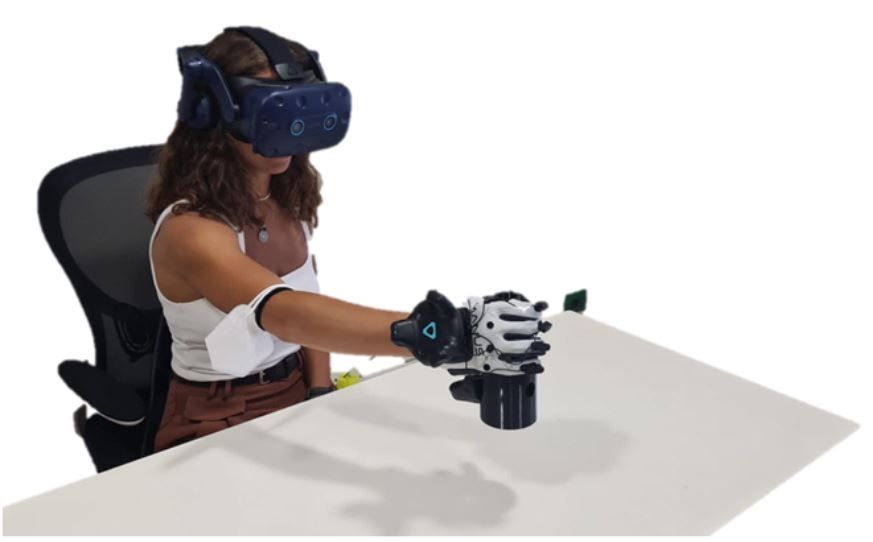
The Cerebellar Tremor is a dyskinetic disorder typically preventing people with Multiple Sclerosis (MS) from performing daily activities effectively. It is characterized in terms of intention tremor because its amplitude increases during a goal‐oriented and visually guided action, in particular for the upper limbs. Such a condition can severely affect the individual motivation to face the difficulties caused by the pathology alongside with the extreme variability ofthe disease progression and of the rehabilitative outcome.
The ENACT (Employing Neuroergonomic solutions to Attenuate the Cerebellar Tremor) project aims to investigate the Cerebellar Tremor in upper limbs through: interactive environments that will assist people with MS during cognitive-motor rehabilitation; wearable technologies designed to mitigate this symptoms through multimodal feedback strategies. The data collected during the project will also feed computational models exploring solutions to predict the individual MS progression and rehabilitative outcome.
In order to achieve such results, ENACT adopts the approach of neuroergonomics: the neuroscientific investigation of human‐machine interactions to adapt the technology to the user in real life.